Olericulture

All about “Parsnip”, a vegetable with a sweet flavor
May 3, 2020Raw as cooked, parsnip reveals a pleasant sweet flavor. This root vegetable from the carrot family contains many minerals and vitamins. It comes from the Mediterranean basin and has been consumed for centuries. It is a winter vegetable that can be eaten cooked in water, as a soup or mash. Parsnip characteristics: Rich in fiber; Source of antioxidants; […]
Read More
All about “Physalis”
May 3, 2020Nutritional value of Physalis Fresh ground cherries, 75 g / 125 ml (about 16 ground cherries) Calories 39 Protein 1.4 g Carbohydrates 8.3 g Fat 0.5 g Dietary fiber No data available Glycemic load No data available Antioxidant power No data available Source : Health Canada. Canadian Nutrient File, 2007. Health profile of ground cherry The ground […]
Read More
All about “Pepper”, a low-calorie vegetable
May 3, 2020The pepper is the symbol of summer that can be found in salads as well as ratatouilles. It is low in calories, rich in vitamin and easy to cook. This fruit vegetable is native to Mexico and is said to have been brought back to Europe by Christopher Columbus. Characteristics of the pepper: Rich in antioxidants; Rich […]
Read More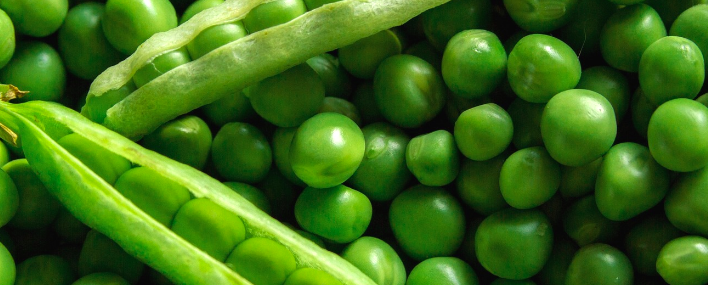
All about “Peas”
May 2, 2020Health profile Although it belongs to the botanical family of legumes, the fresh green pea is an immature seed that is eaten like a vegetable. It is one of Canada’s top five vegetable crops and contains more protein than most other vegetables. Except in season, green peas are relatively inaccessible in their fresh form; many then turn to […]
Read More
All about “Sorrel”
May 1, 2020History of sorrel The Roman and Egyptian peoples used sorrel for its digestive properties. In ancient French, the word sorrel derived from the word surele means “on”. In the Middle Ages, it was also used to prevent scurvy. The sorrel was transported by the first English settlers to Canada. Nutritional value of sorrel Per 100 g (2/3 cup) Red sorrel […]
Read More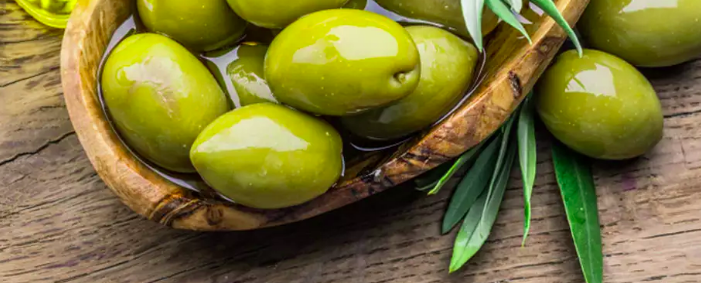
All about “Olive”, a Mediterranean fruit
May 1, 2020The fruit of the olive tree is commonly consumed in Mediterranean countries where its culture occupies an important place. The great interest in the health benefits of the olive and its oil comes from the results of studies that have demonstrated a low incidence of coronary heart disease and certain cancers in countries where the diet […]
Read More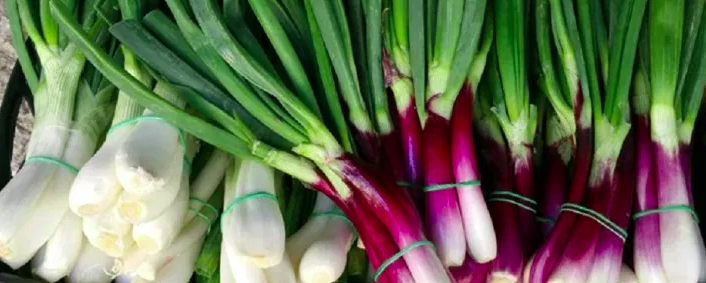
All about “Green Onion”
May 1, 2020Health profile The green onion is an aromatic plant which, in Quebec, is improperly named “shallot”. Elsewhere in the world, it is sometimes called ” spring onion “. Its flavor is somewhere between that of onion and chives. The white part of the green onion is used like the onion, while the green part is generally considered to be a fine herb. […]
Read More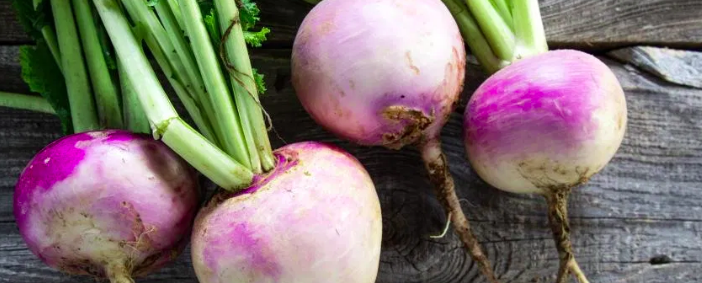
All about “Turnip”, a low calorie but rich vegetable
April 30, 2020The turnip is a vegetable of the cruciferous family, bulbous in shape and with white flesh; its leaves are also edible. It is native to the Mediterranean basin but there are also some varieties cultivated in Asia for hundreds of years. Often confused with rutabaga, it has a more neutral taste, it is easy to cook and goes […]
Read More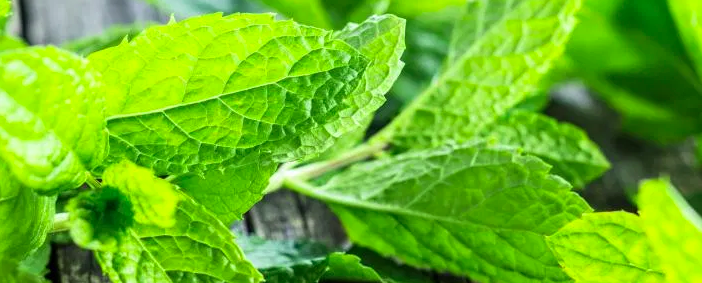
All about “Mint”
April 29, 2020Health profile The vast majority of studies on mint have been carried out on the essential oil extracted from this plant rather than on the consumption of the leaves. This section will deal with fresh, dried or herbal mint leaves. It is important to consider that the studies carried out on mint leaves use different varieties of mint, […]
Read More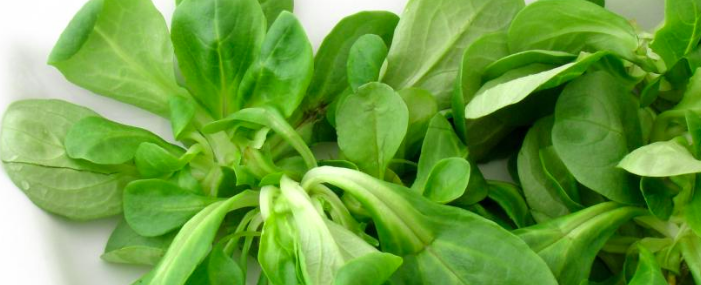
All about “Lamb’s lettuce / Chewed up”
April 29, 2020Nutritional value of lamb’s lettuce Lamb’s lettuce, raw, 1 cup (250 ml) / 60 g Calories 12 Protein 1.2g Carbohydrates 2.1g Fat 0.2g Dietary fiber No data available Glycemic load : no data available Antioxidant power : good, but exact data not available Source : Health Canada. Canadian Nutrient File , 2010. Lamb’s lettuce health profile Nicknamed sweet , lamb’s lettuce is a vegetable […]
Read More
All about “Alfalfa”
April 28, 2020Health profile The alfalfa is a perennial plant used for centuries to feed livestock. In human food, we usually eat its raw sprouts, very refreshing in a sandwich or salad. Although alfalfa is often seen as a symbol of health food, a portion contains relatively few vitamins and minerals. However, it contains other natural substances which are promising for health. […]
Read More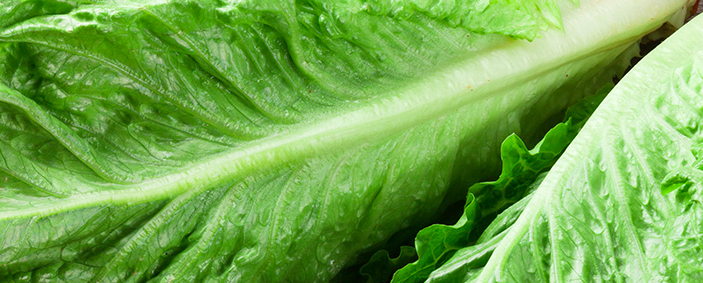
All about “Lettuce”
April 28, 2020Nutritional value of lettuce Curly lettuce, raw, shredded, 1 cup (250 ml) / 60 g Iceberg lettuce, raw, shredded, 1 cup (250 ml) 75 g / 250 ml Romaine lettuce, raw, shredded, 1 cup (250 ml) / 60 g Calories 9 11 10 Protein 0.8g 0.7 g 0.7 g Carbohydrates 1.7g 2.3 g 2.0 […]
Read More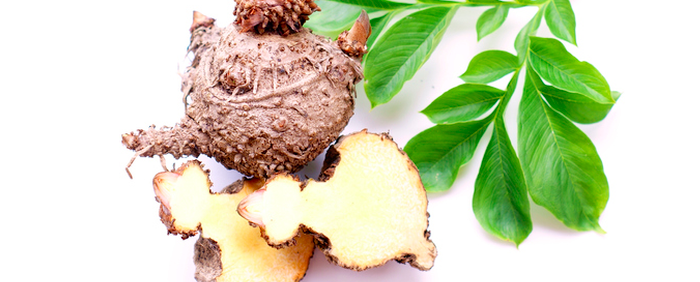
All about “Konjac”
April 13, 2020Konjac, or Amorphophallus konjac, is a plant native to Southeast Asia. Its bulb has been used for culinary and therapeutic purposes for several centuries. In western countries, konjac is best known in herbal medicine for its natural appetite suppressant effect. Rich in fiber and low in calories, konjac is often recommended as part of a slimming diet. Common […]
Read More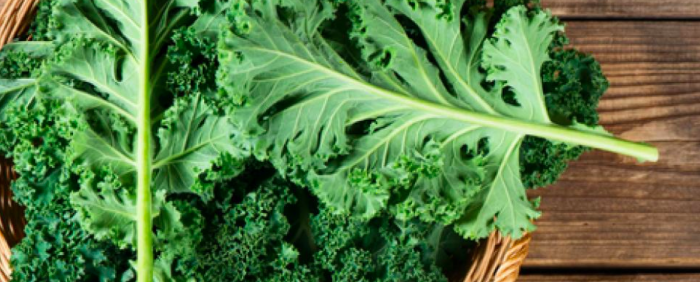
All about “Kale”
April 13, 2020History of Kale Consumed since Roman times, it became a food widely used in the Middle Ages and then be brought by the English in 17 th century in North America. Nutritional value of Kale cabbage Per 100 g of raw cabbage Content Calories 50 kcal Water 84.5g Carbohydrates 10 g Protein 3.3g Fat 0.7 g […]
Read More
All about “Yam”
April 12, 2020Nutritional value of yams Cooked yam, ½ cup (125 ml) / 72 g Calories 83 Protein 1.1 g Carbohydrates 19.7g Fat 0.1g Dietary fiber 2.8g Glycemic load : Moderate Antioxidant power : Yes, but exact data not available Source : Health Canada. Canadian Nutrient File , 2010. Yam health profile The yam is an original replacement for the potato or sweet […]
Read More